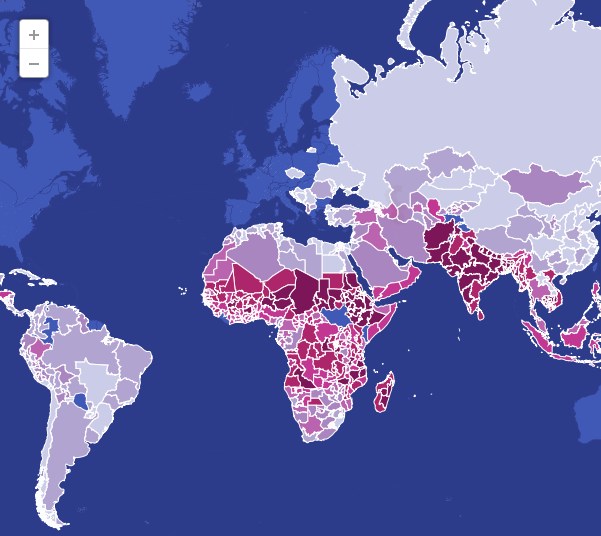Shalani Ramachandran, reporting for the Wall Street Journal:
Netflix Inc. has agreed to pay Comcast Corp. to ensure Netflix movies and television shows stream smoothly to Comcast customers, a landmark pact that could set a precedent for Netflix’s dealings with other broadband providers, people familiar with the matter said.
In exchange for payment, Netflix will get direct access to Comcast’s broadband network.
Previously, these peering agreements didn’t involve money. After all, Netflix pays for their connection to the larger internet and so do consumers. By extracting payment from Netflix, Comcast is essentially double-charging for traffic that consumers already paid for. This gives Netflix a priority slot in the process, but it also violates the principle of net neutrality says that providers like Comcast shouldn’t prioritize one source of traffic over another.
Many people have predicted (and feared) that the day would come when a content provider would pay an internet provider for priority access to broadband subscribers. Now that it’s here, I can’t help but wonder why it happened now and with Comcast, especially when you consider that Netflix and Verizon have also been duking it out over the same issue (arguably in a more public way).
The answer, I think, is that Netflix is using Comcast’s bid to buy Time Warner to its advantage. As a part of the buyout approval process, both the FCC and the Department of Justice will be scrutinizing Comcast’s moves and market power in the coming months. Having made this payment, Netflix can make the case to either the FCC or the DoJ that pre-Time Warner Comcast has used its dominance in broadband—about 27 percent of the market—to extract payments from content providers like itself. Netflix could argue that if the Time Warner deal goes through, Comcast will have nearly 50 percent of the market, and its bargaining power to demand such payments will further increase.
Netflix’s deal with Comcast is defensive in two ways—one, it helps ensure that the streaming media company doesn’t lose customers because of poor video quality, and two, it’s an attempt to convince the government that Comcast and its peers need to be reigned in. How the government reacts to it will almost certainly shape the future of the internet.
